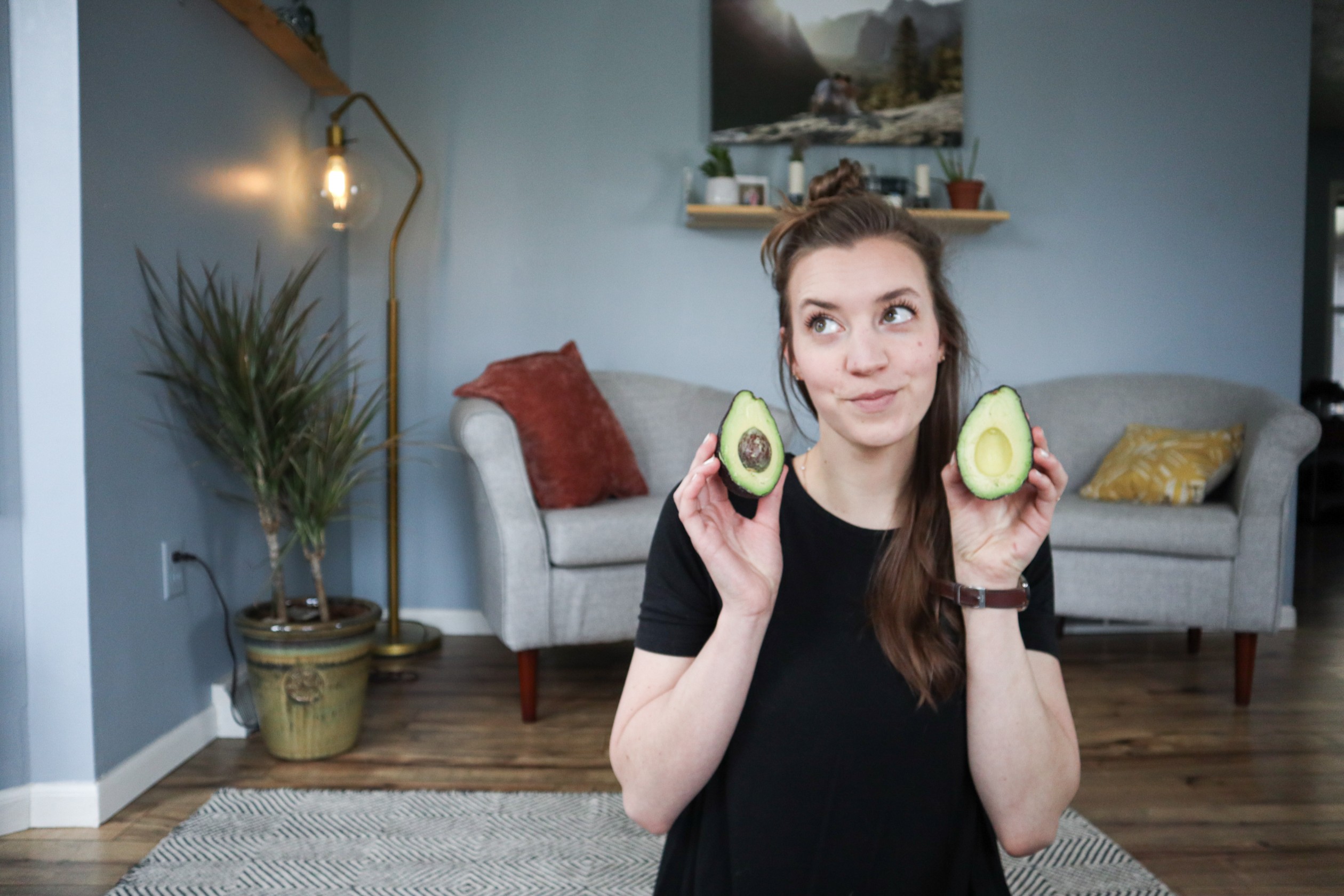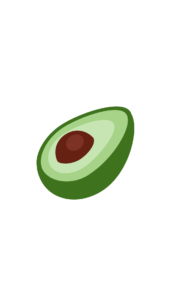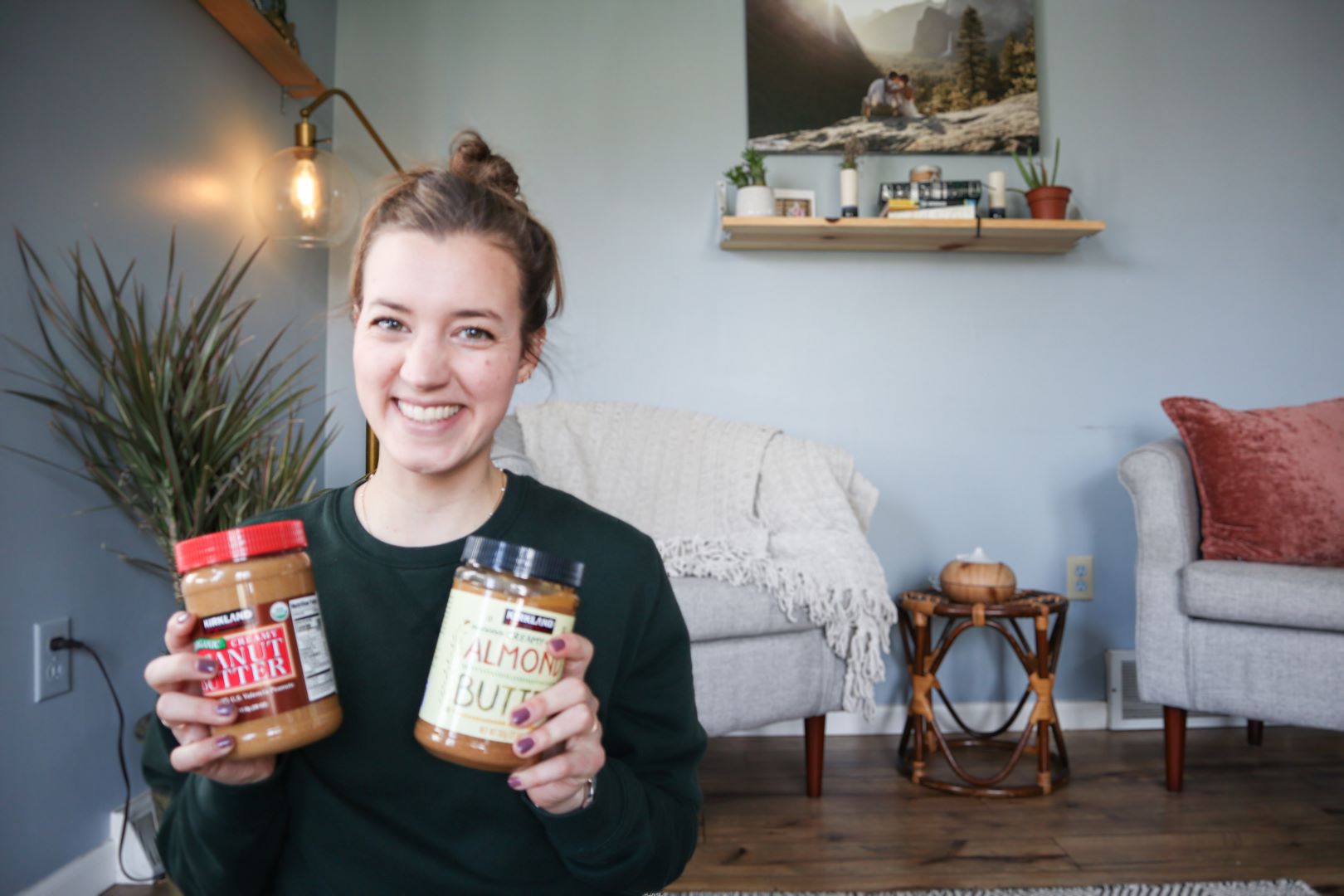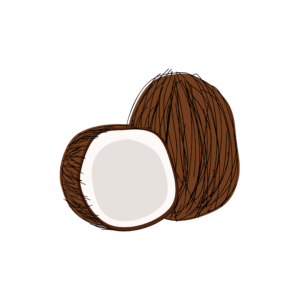We are officially on the last macronutrient this week! You made it! I think it’s important to highlight the differences between carbohydrates, protein, and fat, and how our bodies use them to support our physical and mental health. There are so many “diets” that completely cut out or severely restrict the intake of a certain macronutrient, often for the goal of achieving a certain body image. For dancers, I have found that many focus on carbohydrates and protein, but try to limit fat as much as possible under the false pretense that it will make them “fat”. Well, I am here to debunk that myth and show you why fat is an important nutrient in fueling our bodies.
Why is fat important?
Fat is needed in our bodies to absorb fat soluble vitamins, like Vitamin A, D, E, and K. It also cushions and insulates our organs, making sure that they stay protected. Fat is also an important structural component to each one of our cells, and in fact, most of our brain is actually made up of fat! Fat also regulates our hormones, body temperature, and immune function to help our bodies stay balanced.
As dancers, fat is an important energy source in exercise that lasts longer than 20 minutes – basically every class and rehearsal! Fats with carbohydrates make sure that we have sustained, usable energy levels so that we can stay energized for a long day at dance. Fat also helps to control our inflammation levels, which is important for dancers in day to day recovery as well as dancers who are in a longer recovery period from injuries.
It is recommended that we get 20%-35% of our total caloric intake from fat. Just like carbohydrates and protein, the amount of fat that a dancer’s body needs will differ from their peers, and a dancer’s needs might even change over time. Using a more intuitive eating approach to nutrition can help guide dancers to discover these changes in their body. Several symptoms might pop up if you are consistently neglecting to intake fat – you might become hungry soon after you eat, long periods of exercise leave you feeling overly fatigued, or you might experience achy joints or chronic inflammation. Brain fog, dry skin, vitamin deficiencies and even mood shifts can also be present. If you experience any of these and you are concerned about your nutrition intake, it is always best to talk to a nutrition professional so you can make sure you are getting proper nutrient intake for your body.
Fat adds flavor to our food, so foods that are manufactured to be low fat or no fat (think ice cream, packaged foods, dressings, yogurt, etc.) usually have quite a bit of added sugar in them in order to make up for the lack of flavor. If you rely on a lot of low fat or nonfat food products, you might notice that your hunger and energy levels are more unstable. If this is something you observe, try having the full fat alternatives to these foods and see if they provide more satiety to your meal.
There are three broad categories of fats that we find in our food, and their nutrition profiles differ based on their molecular structure.
Unsaturated fats, which are fats that tend to be more liquid at room temperature, are the most important type of fat for us to include in our meals and snacks. Foods like eggs, olive oil, safflower oil, canola oil, nuts, seeds, fatty fish, avocados, olives, and peanut butter are all in this category. These foods are also packed with vitamins and minerals that are so important for our bodies to thrive on.
Saturated fats tend to be more solid at room temperature. It is recommended to keep your intake of saturated fats at less than 6%-10% of your daily caloric intake because in excess they aren’t as good for our heart and artery health, but they definitely still have their place in well rounded nutrition. Always remember that when it comes to anything in life, but especially nutrition, balance is key, and more doesn’t mean better! Foods like pork, beef, chicken, whole fat dairy products like butter, whole milk, yogurt, and cheese, and plant oils like coconut oil, palm oil, and cocoa butter are all in this category.
Trans fats are the last category that we will cover. What makes them different from unsaturated and saturated fats are that they do not have any known health benefits for our body, so they should not be intentionally included in our day to day nutrition. Almost all trans fats are manufactured and are found in foods like margarine, fried foods, and frozen and packaged foods. Because of awareness surrounding negative health concerns linked to trans fats like heart disease, stroke, inflammation, and other chronic issues, they are being found less and less in our food system. Food manufacturers are becoming more aware, and this is a good thing!
How can dancers use fat in nutrition to their advantage?
Fats are digested much slower than carbohydrates and protein, so this is important to know when thinking about how to fuel your body during the day. Eating a lot of high fat, slow digesting foods before dance might make you feel tired, sluggish, or heavy in your stomach because they take longer for your body to break down. Before and during class, rehearsals, and performances, focus more on consuming carbohydrates with moderate amounts of protein and a little bit of fat. So for breakfast, this could look like incorporating foods like scrambled eggs, full fat yogurt, avocado on toast, nut butter, or other nuts and seeds into your morning. During the day, snacks like a piece of fruit with nut butter, hummus with veggies, yogurt, trail mix, hard boiled eggs, and chia pudding are some great options. With lunch, think about adding in foods like chicken, beans, avocado, hummus, or an olive oil dressing to your meal.
After you have finished dancing, it is important to refuel your body, so focus on eating foods with fat, protein, and some complex carbohydrates. Fish and meats are a great option for incorporating protein and fat, or if you prefer meatless options, add in some beans, tempeh, or eggs. Boost your meal by adding in another source of fat like avocado, tahini, olive oil, avocado oil, nuts, or seeds to your dinner as well. Having a dessert at night like dark chocolate, chocolate covered almonds, coconut milk ice cream or pudding, or hot chocolate with full fat milk are some great options to add some extra fats and enjoy something sweet at the end of the day.
Carbohydrates, fat, and protein, make up a macronutrient triangle that provides the nutrient needs of our body. Fat, just like the other two macronutrients, are important to include in your meals and snacks throughout the day to keep your body fueled for long days in the studio. If you have any questions, make sure to leave a comment down below!






